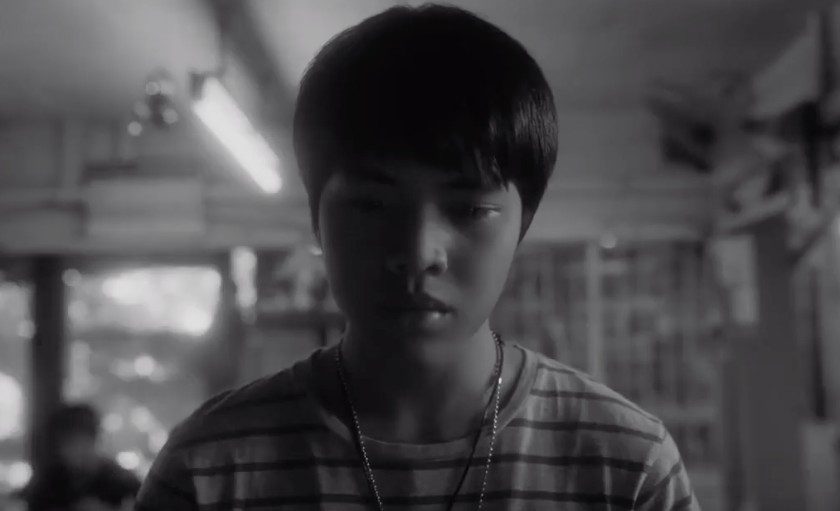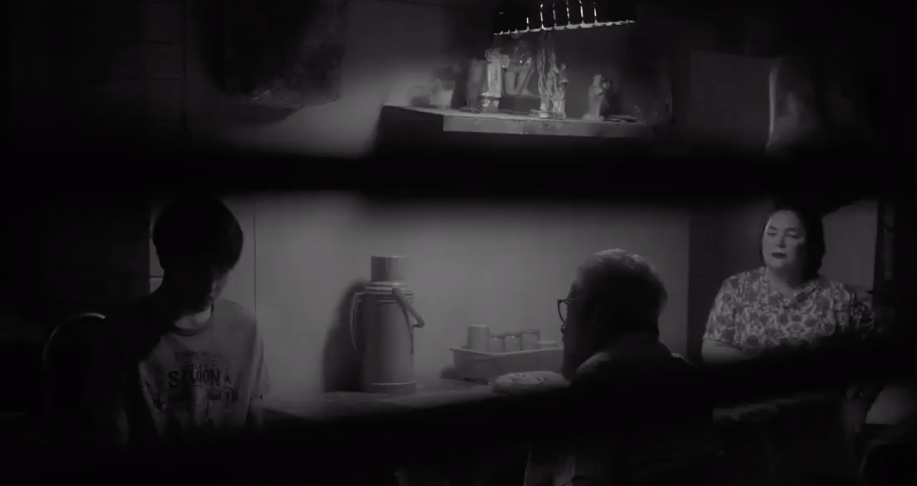SUMMARY
This is AI generated summarization, which may have errors. For context, always refer to the full article.

Jun Lana’s Kalel, 15 opens with an overwhelming sense of uncertainty.
World of sin and vice
The first images of the film are of a nondescript hallway of clinic where patients, doctors, well-wishers and other denizens of the facility are going about their own business. Sounds are muffled, with all the noises of the various activities within the hospital merging to form a discomforting drone. Kalel (Elijah Canlas), an alarmingly unconcerned teen, is with his mother (Jaclyn Jose) to hear news of his ailment from his doctor. In the spirit of the elaborately designed air of confusion, the audience isn’t given the specifics of the diagnosis but on the basis of the shamed reaction of his mother, Kalel must be suffering from a disease that has a certain stigma.
This carefully constructed opening of Kalel, 15 makes all the difference.
See, the biggest problem of films that tackle HIV is the propensity to be judgmental. There is always that antiquated need to pinpoint and exhaust the mechanics of the epidemic, to point fingers or worse, to mutate the advocacy into a rallying cry against certain lifestyles. While Lana’s film is not oblivious to clichés, by establishing right from the start that Kalel has HIV, it shifts the attention from the cause of the disease to its more alarming effect not necessarily on the body of the victim but to his humanity.
Lana carefully builds a world of sin and vice, one that trumps the viciousness of Kalel’s affliction. While it would be tempting to examine all the details of Kalel’s life, from his waywardly promiscuous mother to the fact that he was fathered by a Catholic priest (Eddie Garcia) to his alternate and anonymous life in the dark corners of the internet, and turn the film into a puzzle about why the teenager caught the disease, to see the film with such simplistic eyes would prove to be a disservice to the rage that slowly simmers beneath the film’s monochrome images.
Far more complex
It is a far more complex film.
It exhausts not just the emotions of the teenager who suddenly finds himself in between the carefree attitudes of his generation and the demands of his condition but also the soullessness of the society that has bred all the damning clichés that not only pervade films and literature about the disease but are also very real perceptions. Lana builds on the stereotypes and crafts episodes that blend the cruel humor of life with the aching tragedy of Kalel’s fate.
Lana does not rely on the crutch of easy pity or faux compassion to send his message.
He allows his characters to be as human as they can. They make mistakes. They become selfish. They enjoy. They bond. They love. They fall.
A complex film can only work if the performances appreciate such complications. Canlas carries the film from start to finish with a performance that understands the importance of subtlety and gestures. Lana doesn’t allow his characters opportunities for grandiose displays of intense emoting, but Canlas does not need to weep or wail to telegraph the angst and anxieties of his misunderstood character. He only needs to seamlessly shift from being the horny and curious social media creep at night to the cool and calm high schooler to reveal the palpable hesitations of the generation.

Care and caution
Kalel, 15 is powerful.
It is perhaps Lana’s best work, one where he is required to exercise care and caution in his depiction of a sensitive subject matter. The film is quiet and elegantly shot, but it speaks volumes of the chaos that lie at the heart of a callous society that thrives in duplicity. It demands attention without succumbing to sensationalizing the topic. More importantly, it is fueled by respect as reflected by a depiction of a teenager not as a victim, but as a human being driven by needs. – Rappler.com

Francis Joseph Cruz litigates for a living and writes about cinema for fun. The first Filipino movie he saw in the theaters was Carlo J. Caparas’ Tirad Pass.
Since then, he’s been on a mission to find better memories with Philippine cinema.
Add a comment
How does this make you feel?
There are no comments yet. Add your comment to start the conversation.